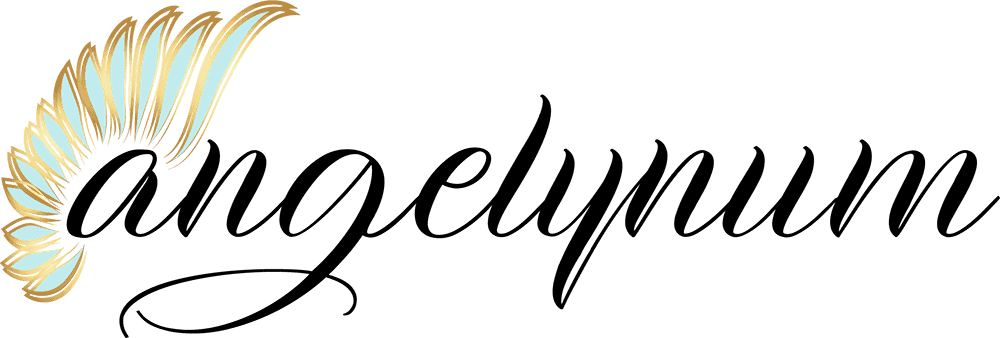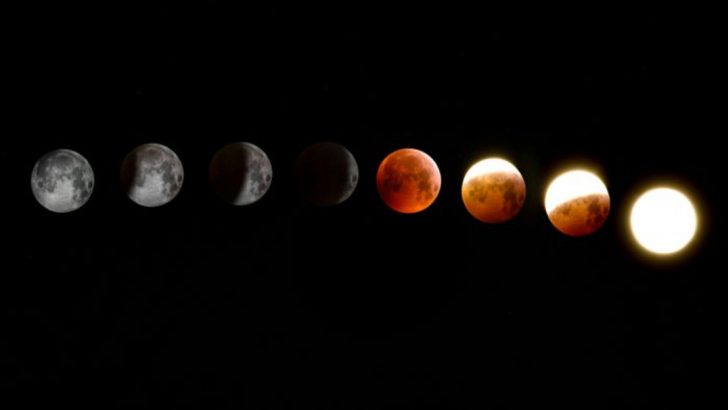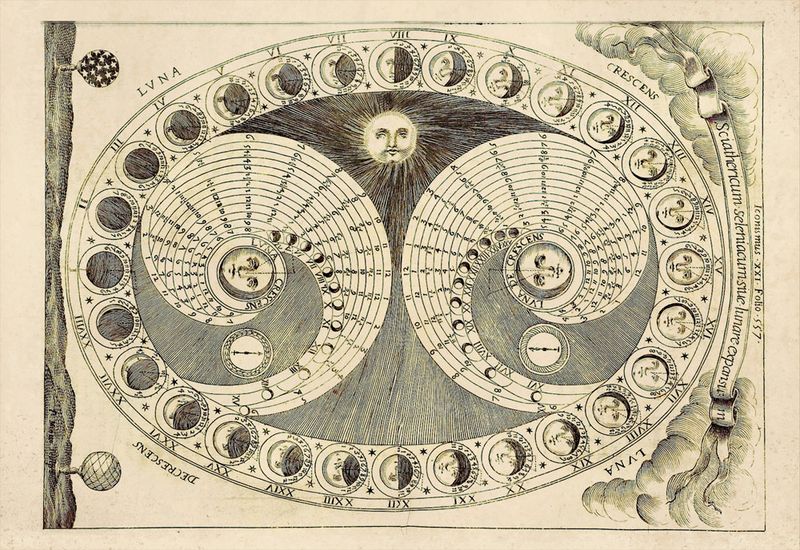For thousands of years, ancient civilizations organized their lives around the moon rather than the sun. They tracked lunar phases to plan festivals, plant crops, and navigate the seasons.
While we rely on solar calendars today, lunar timekeeping shaped human history in fascinating ways. Imagine waking up not to a fixed date, but to the changing face of the moon above you.
Months Were Based on Moon Cycles
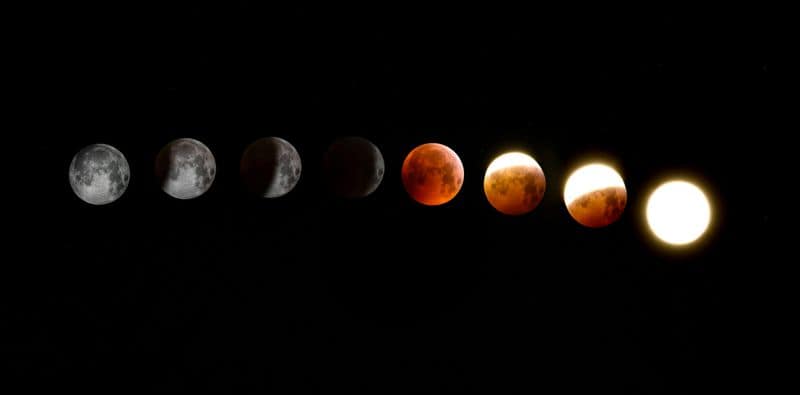
Ancient people watched the moon complete its journey from new to full and back again. This cycle took about 29.5 days, which became the foundation for their months. Unlike our fixed 30 or 31-day months, lunar months varied slightly in length.
Communities would gather at the first sighting of the crescent moon to mark the beginning of a new month. Elders and priests held the responsibility of moon-watching. Their observations determined when festivals would occur and when important decisions should be made.
This system created a deep connection between daily life and the night sky. People felt intimately tied to celestial rhythms in ways modern solar calendars cannot replicate.
Farming Followed Lunar Planting Guides

Farmers believed the moon influenced plant growth just as it affects ocean tides. They planted seeds during specific moon phases for better harvests. Root vegetables went into the ground during the waning moon, while leafy crops were sown during the waxing phase.
This practice, called lunar gardening, exists even today among some traditional communities. The gravitational pull of the moon supposedly affects moisture in soil and plants. Whether scientifically proven or not, generations swore by these methods.
Harvest times also aligned with lunar cycles, particularly the full moon. The bright moonlight allowed farmers to work longer hours during critical periods without needing artificial light sources.
Religious Festivals Shifted Every Year
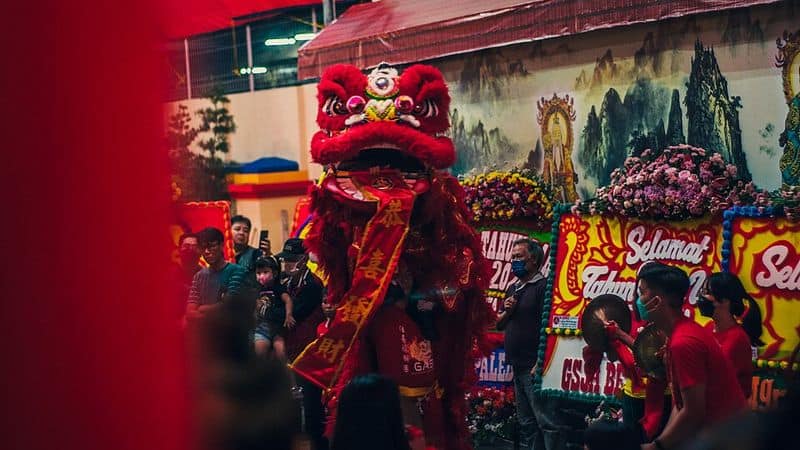
Since lunar years contain only 354 days compared to the solar year’s 365, festivals drifted through the seasons. Easter still follows this pattern today, changing dates annually based on the spring full moon. Ramadan, the Islamic holy month, moves through the entire solar year over time.
This shifting created unique experiences each year. A harvest festival might occur in early autumn one year and late autumn the next. Communities adapted their celebrations to whatever season the lunar calendar brought them to.
The unpredictability added mystery and anticipation to religious life. People could not simply mark their calendars months in advance like we do now.
Travelers Navigated by Moonlight
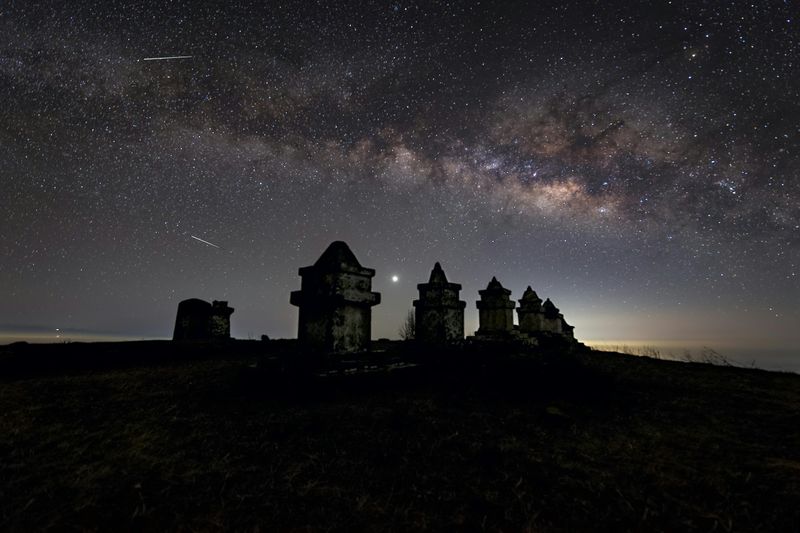
Before electric lights, the full moon was a traveler’s best friend. Merchants planned long journeys around lunar phases to maximize nighttime visibility. Caravans crossing deserts and traders sailing seas timed departures to coincide with bright moon periods.
The term “honeymoon” may have originated from this practice. Newlyweds traveled during the sweet month following their wedding, ideally under favorable moonlight. Pirates and smugglers preferred the opposite, operating during the dark new moon for stealth.
Road safety depended heavily on lunar illumination. Accidents increased during moonless nights, so communities scheduled gatherings and travel accordingly. The moon literally lit the path forward.
Tides Governed Coastal Communities

Coastal dwellers lived and died by tidal patterns created by the moon’s gravitational pull. Fishermen knew exactly when to launch boats and where fish would gather based on tide schedules. Shellfish collectors worked the exposed beaches during low tide, racing against the moon’s clock.
Entire villages organized their daily routines around these twice-daily tidal shifts. Markets opened when fishing boats returned with catches from favorable tides. Construction projects near water had to account for the moon’s influence on sea levels.
Missing a tide could mean losing a day’s income or worse. Experienced sailors read tide tables like we read weather forecasts today, always aware of the moon’s position.
Women’s Cycles Synchronized with Lunar Phases
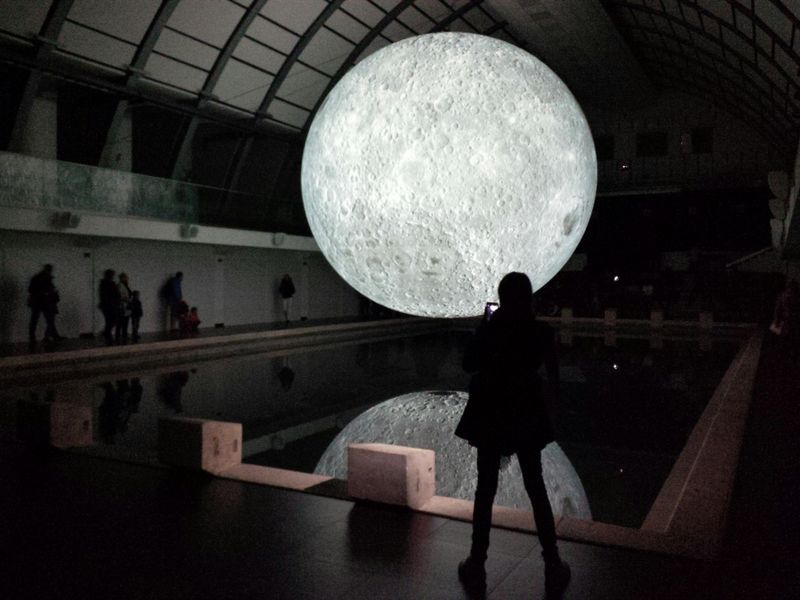
Many ancient cultures noticed the connection between women’s menstrual cycles and the 29-day lunar month. Some communities believed women ovulated during full moons and menstruated during new moons. This observation led to moon goddesses being associated with fertility and feminine power.
Women often gathered during specific moon phases for rituals and ceremonies. The synchronization created natural rhythms for community bonding. Modern research shows mixed results about this connection, but the cultural significance remains undeniable.
Midwives tracked pregnancies using lunar months rather than solar ones. Birth predictions followed moon cycles, with full moons supposedly bringing more deliveries to their doorsteps.
Sleep Patterns Changed Throughout the Month
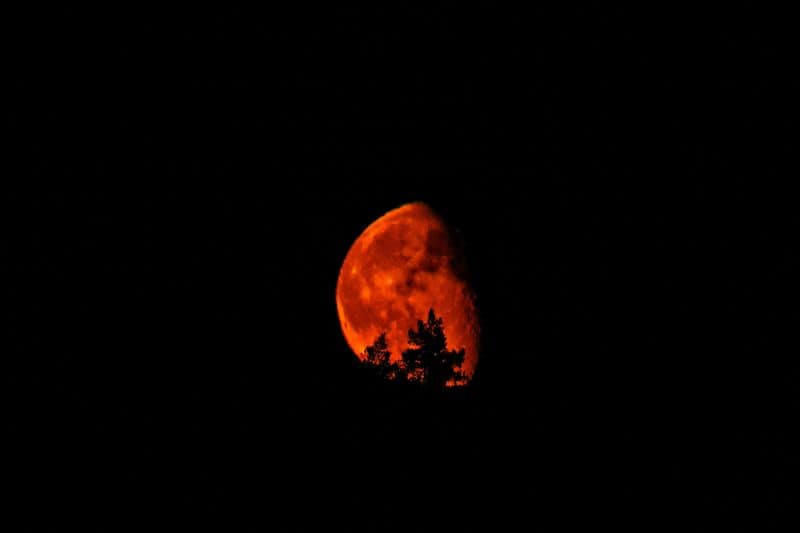
Without window blinds or electric lights, people experienced dramatically different nights depending on moon phases. Full moons flooded sleeping areas with bright light, often disrupting rest. Communities reported lighter sleep and more nighttime activity during these bright periods.
Some research suggests humans naturally sleep less during full moons, a pattern possibly inherited from our ancestors. Ancient people embraced this rather than fighting it. They scheduled social gatherings and storytelling sessions for bright moon nights.
Dark new moon periods brought deeper, longer sleep. People synchronized their rest patterns with lunar brightness, creating a monthly rhythm modern civilization has largely lost to artificial lighting.
Time Measurement Felt More Fluid
Living by the moon meant accepting that time moved differently than our rigid solar calendar. Years did not align perfectly with seasons, creating a fluid sense of temporal passage. Cultures using purely lunar calendars needed occasional adjustments to keep festivals seasonally appropriate.
Some civilizations developed lunisolar calendars, adding extra months periodically to reconcile lunar and solar cycles. The Jewish and Chinese calendars still use this complex system today. Calculating these adjustments required astronomical expertise and mathematical skill.
This flexible timekeeping reflected a worldview more accepting of natural variation. People understood that celestial rhythms do not conform to human preferences for neat, predictable patterns.
